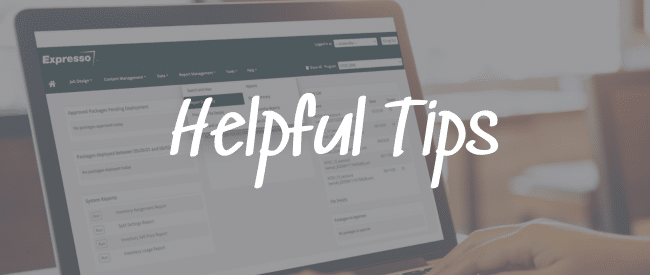I’ve been in the business of helping companies get paid for 38 years. The speed and scope of changes facing billing and payment processing is greater than at any other time in my career. With dynamic changes in payment trends come challenges but also comes major opportunities.
Over the past few weeks, I’ve attended different events for financial services: Money2020, AFP 2019 and Mastercard Smart Conference. Each conference set record attendance, as billers, banks, payment processors, content and technology providers understand the ways to leverage the rapidly evolving payments landscape.
Three payment trends to take advantage of now and in the new year:
1. Keeping billing information and payments together is emerging as the new standard
It’s not unusual for data and dollars to be separated in the billing and payment process. Think of all the issues that arise when a check is sent in the mail without the remittance coupon or when money is transferred electronically without the account number. Separating the information from the money leads to time lags for posting payments, errors in reconciling customer accounts, higher processing costs and negative customer experience.
New initiatives are rolling out to eliminate these problems by keeping billing and payment data together. One of the most exciting developments in this area is the new digital channel called Mastercard Bill Pay Exchange (BPX). Mastercard and Transactis are teaming with Nordis Technologies and other content providers to help launch Mastercard BPX to transform online bank bill pay and deliver a frictionless customer experience.
BPX lets consumers consolidate their bills and payments on their bank’s website and mobile banking app. This eliminates the time and effort to log on to each individual biller’s website or payment portal to view statements, manage bill delivery and payment preferences, receive reminders and make payments. Read more about our BPX partnership in this press release.
Nordis’ clients can easily take advantage of Mastercard BPX. Expresso is already integrated with Transactis’ digital payment platform, which powers the ExpressoPay® offering. Using Expresso, Nordis’ clients can present billing statements for customers that opt into BPX via their bank. They can then see and pay those bills using a variety of methods, including credit or debit cards, set up recurring payments and turn off paper.
2. Faster, smarter payments
Payments are becoming faster, heading toward the ultimate goal of real-time, all the time. It’s been a few years since leading U.S. financial institutions began settling digital transactions on the day they are received. Other countries are ahead of the U.S. on real-time processing, however, most nations have fewer banks that need to adopt the necessary technologies and processes and/or face government mandates to do so, compared to the 10,000+ financial institution in the U.S. But Real Time Payments (RTP) are coming to America.
Payments are not only becoming faster, but they are also becoming smarter. Technologies that move money and data together are the key to offering a complete, seamless experience for billers and customers alike. Real Time Payments, which includes payment data, will soon not only be welcome but expected.
3. AI and machine learning will transform the customer payment experience
From bots to voice-controlled “smart home” devices and assistants such as Alexa and Google Home, technology is advancing quickly making paying bills easier than ever. Nordis’ client Avadyne, a leading healthcare revenue cycle company, has developed the first augmented-reality app for the healthcare revenue cycle, an avatar called Eve. When patients use this app on their smartphones, Eve appears as a 3D character who walks to the section of the billing statement that the patient taps on his or her phone and explains the detail to the patient in easy-to-understand terms.
The next development in AI and machine learning will lead to proactive payment bots that remind us to make payments, not just respond when we initiate the process. Another development: Automated, personalized offers that build sales as well as relationships. Using machine learning, Starbucks already does this through its loyalty program: The coffee giant knows my favorite drink, sends me customized discount offers, and also promotes different products to drive additional purchases.
Of course, these payment trends and technologies only work if you have access to the customer content and data, then deploy it. With APIs from Nordis, companies using Expresso can create and deliver content to any digital channel their customers prefer.
Customers expect choice, control, and convenience. Our industry is on the verge of reinventing the customer experience. Given the current fintech revolution, there’s never been a more exciting time to be in financial services and payments. Please look for another post in early 2020 for how you can take advantage of these developing payment trends with Nordis’ Expresso product suite.
About the Author
Joe Proto is the CEO of Transactis, an electronic billing and payments company serving large banks including 12 of the top 24. During his 38 years in payments, Joe has launched and sold two prior payments companies – the first to a bank that was acquired by Wells Fargo and the second to First Data. In May 2019, Transactis was acquired by Mastercard, the world’s most advanced payments technology company. Joe is active in the fintech payments industry and is an investor in many innovative technology businesses.

Joe Proto
CEO of Transactis, a Mastercard company






